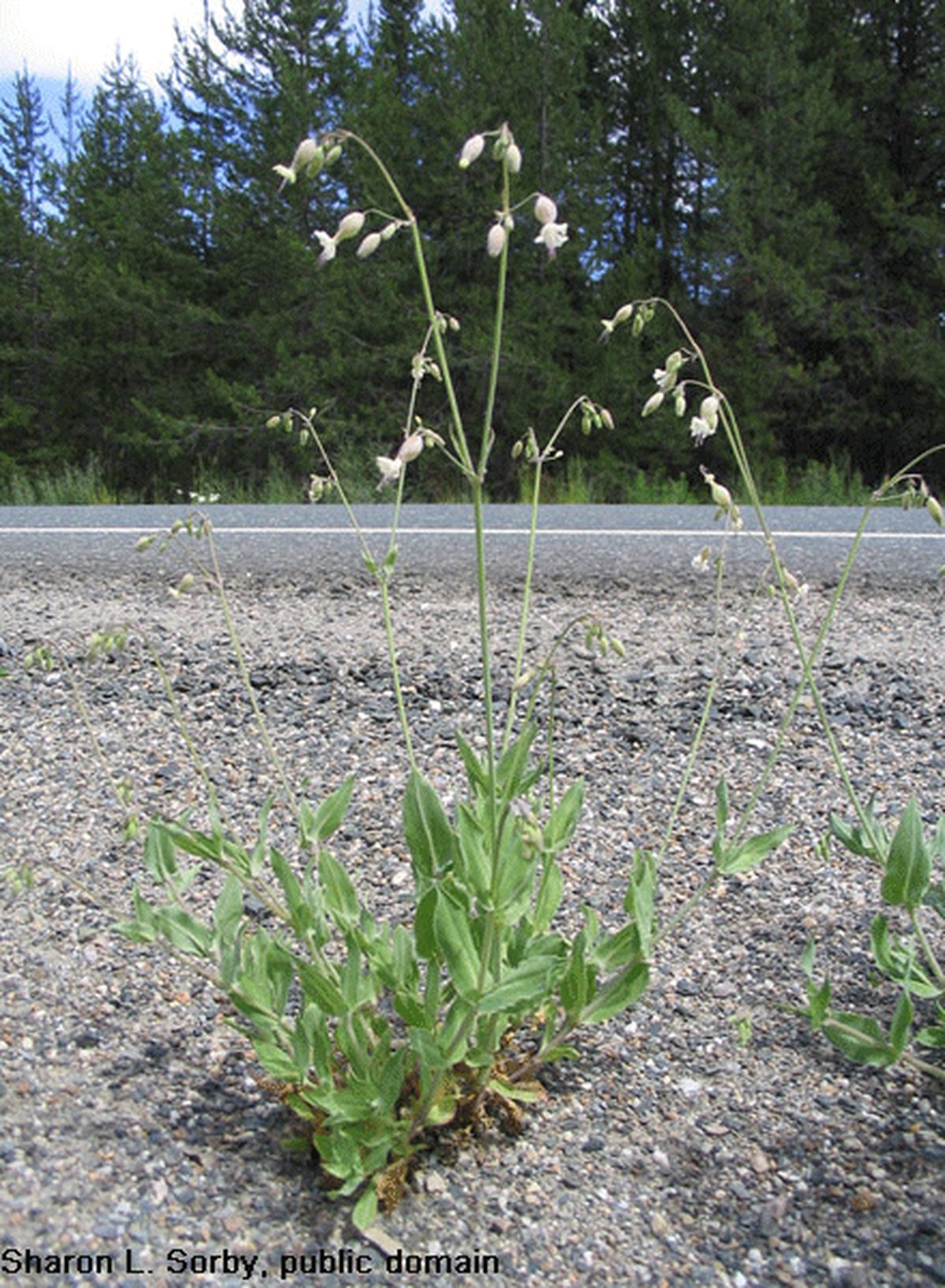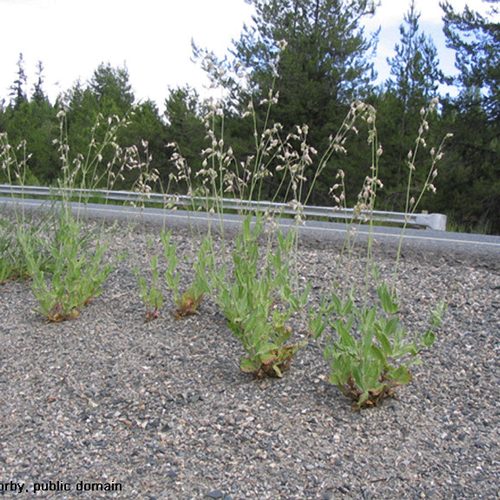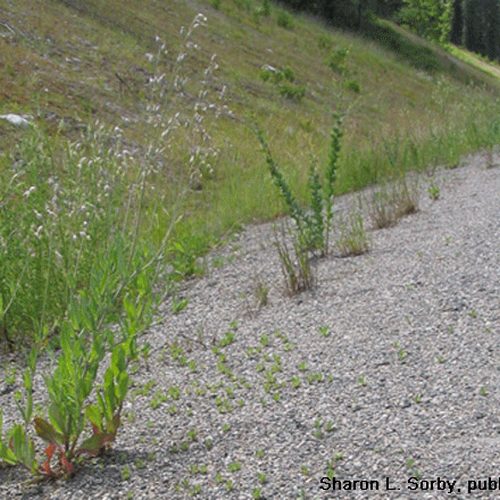Balkan Catchfly
Silene csereii

Family: Caryophyllaceae
Other Common Names: Biennial campion
Weed class: monitor list
Year Listed: 2012
Native to: Eastern Europe
Is this Weed Toxic?:
not known to be
Why Is It a Noxious Weed?
This plant is on the monitor list - it is not a listed noxious weed in Washington. Please contact its sponsor Loretta Nichols at lnichols@pendoreille.org to report locations.
How would I identify it?
General Description
Hairless annual or biennial, growing 2+ feet tall from a stout taproot. Plants are somewhat glaucous (covered with a whitish coating, like the surface of a plum).
Flower Description
Inflorescences are open and branching, with long racemose primary branches. Flower calyx (the sepals as a group), somewhat inflated in flower, is obscurely 20 veined, of which the alternate ones are shorter. Flower petals are white, with upper part of the petal (limb) divided into 2 lobes, to 5 mm. Stamens stick out of the flower (exserted), with dark purple filaments. Stigmas 3, also exserted.
Leaf description
Few leaves occur at the base and they typically wither away by the time plants bloom. Stem leaves are in numerous pairs, attached directly to the main stem without a petiole. Leaves have smooth margins and a pointed tip.
Stem description
Stems stiff and upright, few branched below the inflorescence.
Fruit Seed Description
Calyx is tightly constricted at both ends enveloping an ovoid capsule, opening by 6 recurved, narrow teeth. Seeds are grayish brown and 0.6-1mm.
May Be Confused With
Another nonnative Silene species Silene vulgaris, looks very similar. The Flora of North America notes that Silene csereii may be readily separated from Silene vulgaris by its "long, racemose primary branches of its inflorescence, the elliptic calyx that is constricted at both ends, tightly enclosing the capsule and lacking obvious reticulate venation, and the purple filaments." Flora of North America reference
Where does it grow?
Documented growing in a few places in eastern Washington, including Klickitat, Spokane and Pend Oreille counties. In general plants grow in cultivated fields, roadsides, and other disturbed sites.
How Does it Reproduce?
Seed.
How Do I Control It?
With relatively shallow roots, they are usually easy to hand pull when the soil is moist.
For More Information
E Flora BC information on Silene csereii
Flora of North American treatment of Silene csereii
WTU image database information on Silene csereii





